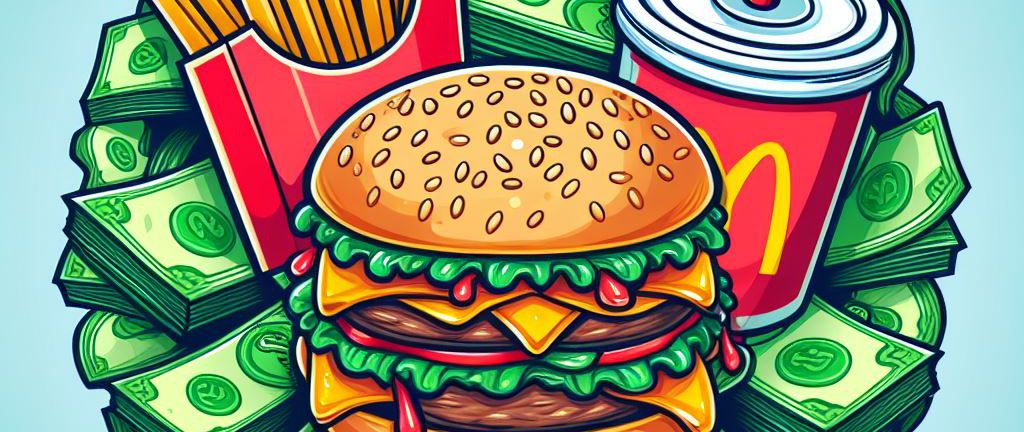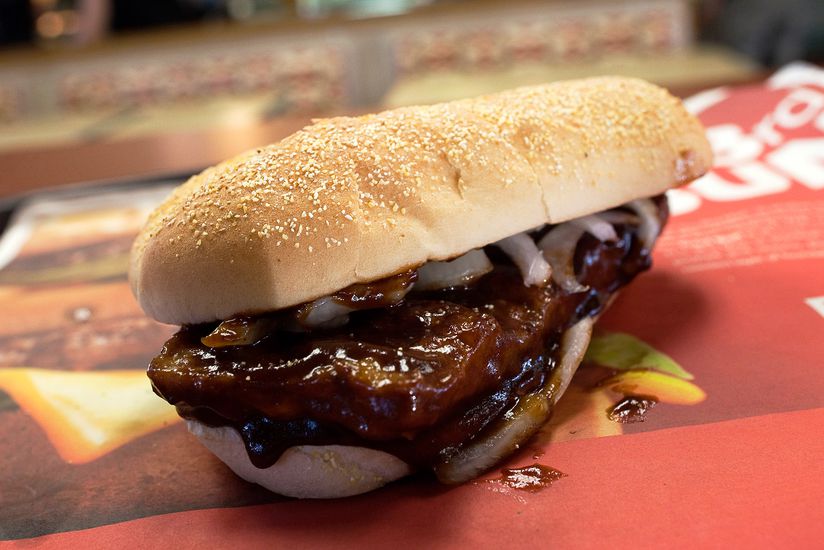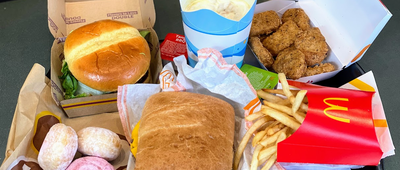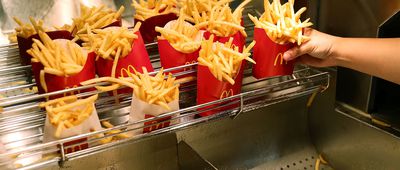Tricky, Tricky ...
There seems to be no end to the greed of giant fast-food chains. Prices keep rising no matter what inflation is doing, and it's difficult to grab a "value" meal for less than $10, regardless of which burger or Mexican fast-food chain you choose.
How do these restaurants keep people coming back when customers feel like they're constantly being ripped off? As it turns out, there are lots of sneaky strategies that fast-food chains employ to pry as much money out of your wallet as possible.

















